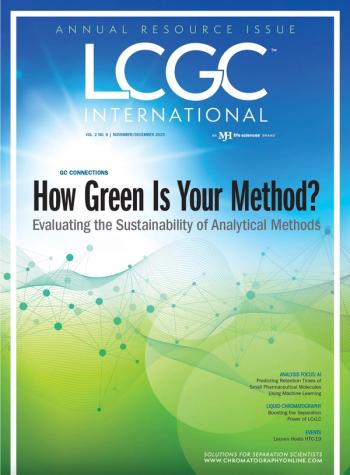
Detecting Nitric Oxide with Capillary Electrophoresis
Researchers from the Second Military Medical University (Shanghai, China) used capillary electrophoresis with laser-induced fluorescence detection to detect the release of nitric oxide from single neuron and mammalian cells.
Researchers from the Second Military Medical University (Shanghai, China) used capillary electrophoresis with laser-induced fluorescence detection to detect the release of nitric oxide from single neuron and mammalian cells. They used 8-(3,4-diaminophenyl)2,6-bis(2-carboxyethyl)-4,4-difluoro-1,3,5,7-tetramethyl-4-bora-3a,4a-diaza-s-indacene as the fluorescent probe. They studied the feasibility of applying the method to four single-cell models. The method could be a powerful tool for studying the kinetics of nitric oxide release by neuronal cells during neurotransmission and for examining the pathobiological and therapeutic basis of nitric oxide for cardiovascular diseases.
Newsletter
Join the global community of analytical scientists who trust LCGC for insights on the latest techniques, trends, and expert solutions in chromatography.



